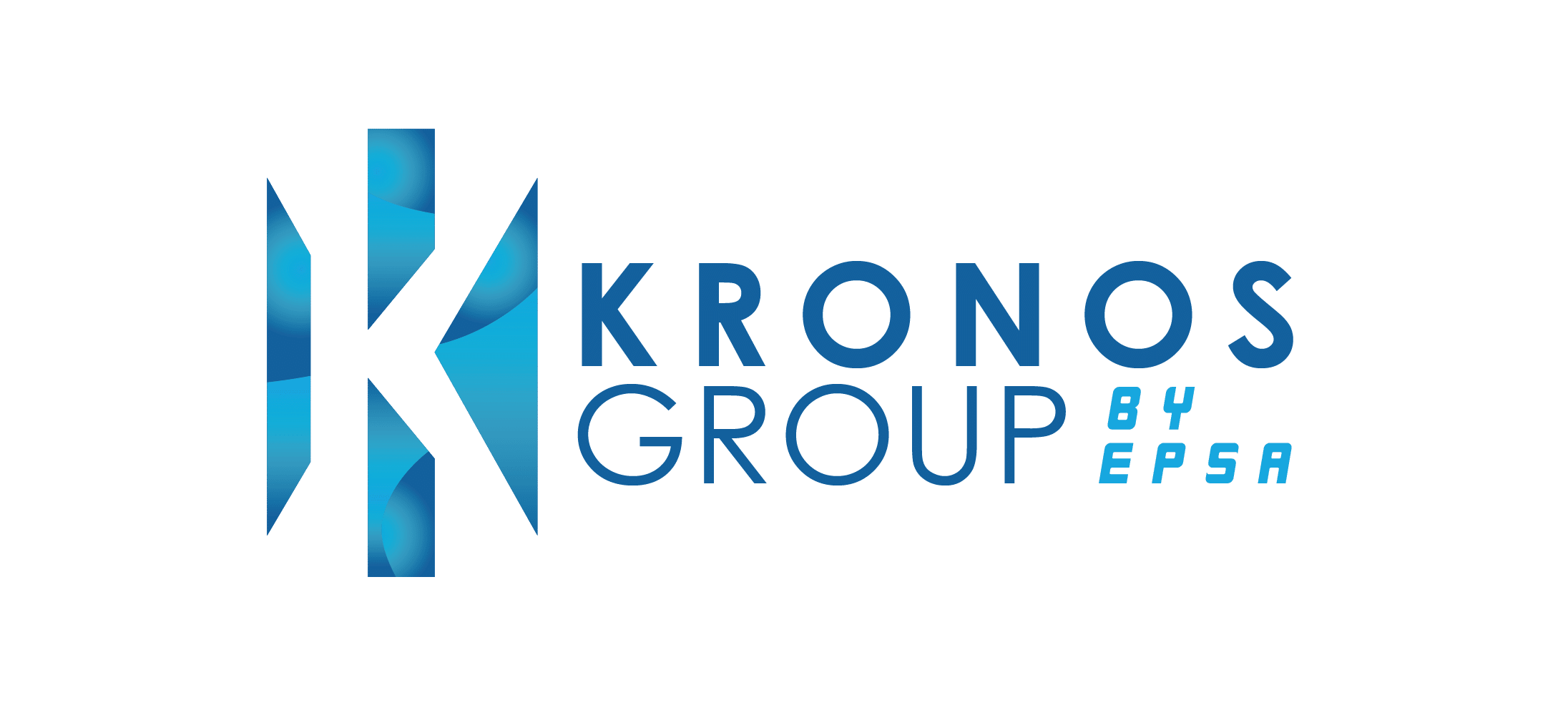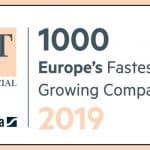Summary In the contemporary business environment, digital procurement is becoming increasingly popular and sought after by businesses around the world. The relationships …
The power of using project portfolio management for optimised resource allocation
How are firms using project portfolio management for optimised resource allocation?
47% of projects fail to meet their goals due to poor management of requirements as per research by PwC. Organisations utilise a project portfolio as a strategic method to oversee a group of projects and programs as a portfolio. Decisions are made regarding the pursuit of projects, prioritising them according to strategic objectives, resource allocation, and managing them to accomplish overall strategic goals.
By effectively allocating and optimising resources, project portfolios help organisations attain a stronger strategic focus, maximise returns, mitigate risks, and improve operational efficiency, which ensures that project investments are in line with organisational objectives and facilitates the most efficient use of resources to deliver value.
What are the challenges faced by businesses that don’t use a PPM?
44% of resource allocation is poorly done in project management, as per research done by PMI. Businesses that do not use project portfolios may encounter several challenges that can hinder their overall effectiveness and success
Lack of prioritisation
The absence of portfolio management can result in an improper approach to prioritising projects according to their alignment with strategic objectives, which can result in conflicting priorities and the initiation of projects that do not strongly support objectives.
Resource overallocation
Without portfolio management, there may be inconsistent or ineffective allocation of resources such as finances, personnel, and time across projects, leading to the overloading of certain teams or functions while other resources remain underutilised and inefficient.
Insufficient management of resources
Without proper portfolio management in place results in resources not being utilised effectively, leading to suboptimal allocation across projects. This ineffectiveness in the project can lead to higher expenses, deadlines to be missed, and lower quality outputs.
Difficulty in managing dependencies
Managing dependencies can be difficult, especially in projects where the completion or progress of one project can impact the success of another. Without a project portfolio, it can be challenging to handle these interdependencies, leading to delays in project timelines.
Challenges in managing risk
Portfolio management usually involves a systematic method for recognising, evaluating, and handling risks throughout the portfolio. In the absence of PPM, companies might find it difficult to anticipate and address risks efficiently, which could result in project failures.
Lack of strategic alignment
Strategic alignment may be lacking as projects without PPM may not be in line with the organisation’s strategic goals. This can lead to a disjointed approach to project execution, with projects failing to significantly contribute to the organisation’s long-term objectives.
Limited transparency and accountability
Project visibility is limited without PPM, as it offers visibility into project status, resource allocation, and progress. Without PPM, there may be insufficient transparency regarding performance and accountability, making it challenging to identify and address issues.
Difficulty in decision-making
Portfolio management assists in making decisions based on data by offering a full project view, resource status, and portfolio details. Making decisions without a project portfolio might rely on limited or biased information, resulting in less-than-ideal selections.
What are the solutions available to businesses while using a PPM?
Integrating solutions into a PPM framework allows companies to boost efficiency, enhance decision-making, increase project success rates, and ultimately synchronise project implementation with strategic goals.
Align resources with strategic goals
- Strategic alignment: Ensuring that projects chosen for implementation closely match the strategic goals and objectives of the organisation is strategic alignment.
- Resource allocation: Allocating resources (financial, human, time) according to the strategic significance and anticipated impact of each project on business goals.
Prioritise projects based on value
- Value assessment: Evaluate and prioritise projects by developing criteria to assess their potential value, ROI, alignment with strategic objectives, and feasibility.
- Portfolio prioritisation: Utilise techniques such as project scoring models, decision matrices, or strategic alignment matrices to prioritise projects within the portfolio.
Resource forecasting and planning
- Managing demand: Predict future resource needs by considering the projects in the pipeline and expected business requirements and strategic objectives.
- Planning capacity: Organise resource availability and usage to guarantee that resources are on hand as required and not over-allocated which may lead to cost overrun.
Cross-functional resource pools
- Pooling resources: Create centralised or cross-functional resource pools where resources with expertise can be shared across projects based on priority and demand.
- Developing skills: Promote skill development and cross-training among resources to improve versatility and flexibility in resource assignment within project functions.
Regular resource reviews
- Resource monitoring: Conduct regular reviews of resource allocation and utilisation to ensure alignment with project management needs and business strategic goals.
- Adjustment and reallocation: Modify resource allocations as necessary based on project progression, resource scope, changes in priorities, or developed strategic initiatives.
Portfolio optimisation
- Analysing portfolios: Assess the collection of projects to enhance the combination considering elements like risk, ROI, resource availability, and strategic fit.
- Portfolio optimisation: Modify the project portfolio by including, excluding, or modifying projects to maximise the overall value and attain a well-balanced risk profile.
These PPM solutions enable organisations to make well-informed decisions regarding resource distribution, effectively prioritise projects, and optimise their entire project portfolio to provide the highest value to the business.
Leverage project portfolio management for optimised resource allocation with Kronos Group
Leveraging portfolio management for optimised resource allocation which involves using a comprehensive set of tools, techniques, and best practices provided by Kronos Group to enhance resource management, strategic alignment, and overall project success.
By leveraging the tools and expertise of project management consulting, organisations can achieve optimised resource allocation, enhance project success rates, and ensure that their project portfolios are aligned with strategic objectives, ultimately driving better business outcomes.

Fighting the effects of inflation with sourcing and procurement consultants
Stay up-to-date on the latest insights on procurement, finance, and project management.
Summary Strategic procurement has become a necessity in today’s business world and organisations try to remain competitive. Having the right procurement strategies …
Summary The world of consulting has been undergoing a massive transformation and management consulting jobs are experiencing the impacts of these changes. …
FAQ
PPM plays a critical role in digital transformation by ensuring that digital projects are aligned with the organisation’s strategic goals and that resources are optimally allocated to these initiatives. PPM helps prioritise digital projects based on their potential impact, feasibility, and alignment with business objectives, thereby driving successful digital transformation efforts.
PPM improves stakeholder engagement and satisfaction by providing transparency and clear communication regarding project priorities, progress, and resource allocation. Regular updates and performance reports keep stakeholders informed and involved, fostering a collaborative environment. Effective stakeholder engagement through PPM ensures that projects meet stakeholder expectations and deliver desired outcomes.
PPM contributes to sustainable project management by incorporating sustainability criteria into project evaluation and selection processes. It ensures that projects align with the organisation’s sustainability goals and regulatory requirements. PPM also helps in tracking the environmental and social impact of projects, promoting the efficient use of resources, and fostering a culture of sustainability within the organisation.














